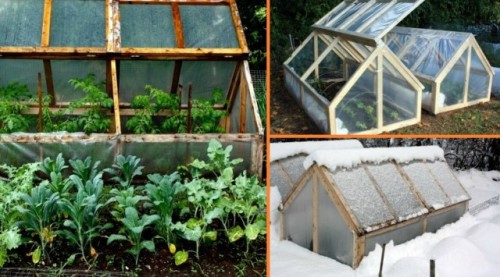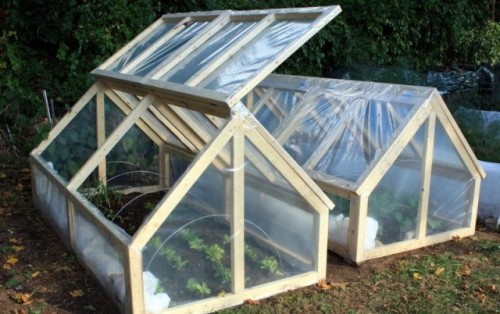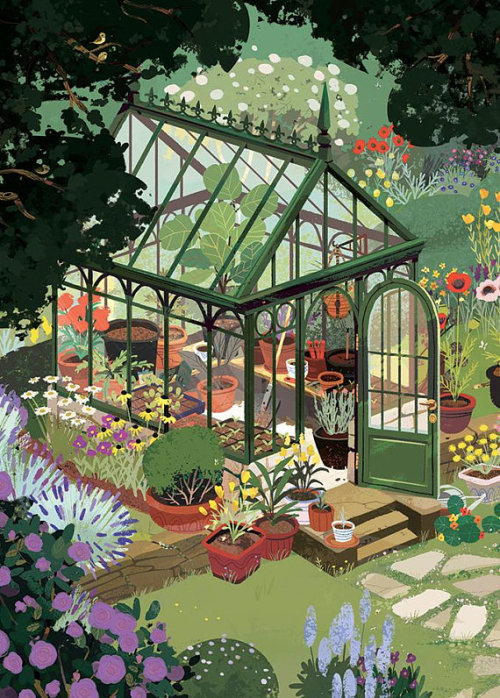Outsiders Are Not Not Saving A Language By Learning It.
Outsiders are not not saving a language by learning it.
While I’m personally grateful services like Tribalingual exist, creating some academic access to Indigenous languages, particularly for Indigenous diaspora (if they can afford it), I’m extremely dubious of the notion that a outsiders learning an Indigenous language is somehow “saving” it. There was a testimonial from some white American girl learning Ainu itak, and she spoke of it as if she were collecting some rare Pokemon card before it went out of print or something, framing it in typical dying Native rhetoric. What is she going to do with Ainu itak, except as some obscure lingual trophy?
If you want to save a language, save the people.
Language means nothing without history and culture breathing life into it, and in turn we are disconnected from our history and ancestors without it. Support Indigenous quality of life, ACCESS to quality education, quality health services (mental and physical), land and subsistence rights, CLEAN DRINKING WATER, advocate against police brutality and state violence, DEMAND ACTION FOR MISSING AND MURDERED INDIGENOUS WOMEN.
Damn, if you really want to “save the language” pay for an Indigenous person’s classes for them to reconnect to their mother tongues. I’m not saying outsiders shouldn’t learn languages they’re invited to learn, but don’t pretend like you learning conversational Ainu itak is saving it from extinction.
More Posts from Copperfingertips and Others

~ the pondering muse🌙
Where have all the bugs gone? That’s what this post tries to answer and if you’re like me and hadn’t really noticed the lack of bugs recently, you’ll understand why this is such a big deal after reading the article. However, before we dive into this article, I want to share with you what I’ve noticed.
I’ve lived in Missouri for almost 19 years now, about a decade ago I remember windshields so full of bug splats that you couldn’t see out of it while driving down the highway and cringing at the *thump* of especially large bugs when they hit. I remember a season where when I rode my bike around town I couldn’t not hit a grasshopper because there were more than I could count all over the roads and fields. Last summer however? I remember pulling a single butterfly from the grill of my dad’s truck. That’s it… There were no more bugs. …
Here’s how plentiful our world used to be. We tend to think that the environmental conditions that we are born into are normal, but it is anything but normal.
“In “The Once and Future World,” the journalist J.B. MacKinnon cites records from recent centuries that hint at what has only just been lost: “In the North Atlantic, a school of cod stalls a tall ship in midocean; off Sydney, Australia, a ship’s captain sails from noon until sunset through pods of sperm whales as far as the eye can see. … Pacific pioneers complain to the authorities that splashing salmon threaten to swamp their canoes.” There were reports of lions in the south of France, walruses at the mouth of the Thames, flocks of birds that took three days to fly overhead, as many as 100 blue whales in the Southern Ocean for every one that’s there now. “These are not sights from some ancient age of fire and ice,” MacKinnon writes. “We are talking about things seen by human eyes, recalled in human memory.”“
So, when you read the above article, please understand how dire these circumstances are for us and our planet. Ok, so what are the highlights of the article?
“A 2013 paper in Nature, which modeled both natural and computer-generated food webs, suggested that a loss of even 30 percent of a species’ abundance can be so destabilizing that other species start going fully, numerically extinct — in fact, 80 percent of the time it was a secondarily affected creature that was the first to disappear.”
- Drastic drops in insect populations have been recorded globally.
- World’s largest king penguin colony shrank by 88%.
- Blue-fin Tuna populations have shrunk 97%.
- 60% decrease in total wild land animal populations.
- 96% of the planet’s biomass now is humans and livestock. Wild animals represent less than 4%. …
- 10-60% less arthropod biomass in Puerto Rico.
- 50-80% drops in partridges from France due to the lack of insects they eat.
- 50% of all farmland birds in Europe are gone.
- Birds which rely on insects may be starving to death due to their collapse.
These are some drastic decreases and we tend to forget that all species are connected. When we loose one species, we can loose all the species that rely on it. We need to recognize what is happening around us with our environment and our planet. We need to know, that what we are seeing today, isn’t normal.

A history of plastic and the lobbying that surrounded it.


When I first saw this headline on Facebook I braced myself to be disappointed. But it sounds like this park was designed really well, consulting the disability rights community, doctors, etc. and keeping in minds the various needs of people with differing disabilities.

Purple Dragon aesthetic



Practical action + liaising with the local community = creating long term sustainable projects and ultimately a shift in culture.
-
 squirrel-stars liked this · 3 weeks ago
squirrel-stars liked this · 3 weeks ago -
 meshiitsukaii reblogged this · 1 month ago
meshiitsukaii reblogged this · 1 month ago -
 meshiitsukaii liked this · 1 month ago
meshiitsukaii liked this · 1 month ago -
 jack-in-the-dark reblogged this · 1 month ago
jack-in-the-dark reblogged this · 1 month ago -
 1randomcomic liked this · 1 month ago
1randomcomic liked this · 1 month ago -
 iactuallytryingtolovemyself reblogged this · 1 month ago
iactuallytryingtolovemyself reblogged this · 1 month ago -
 iactuallytryingtolovemyself liked this · 1 month ago
iactuallytryingtolovemyself liked this · 1 month ago -
 epyonares reblogged this · 1 month ago
epyonares reblogged this · 1 month ago -
 setsunas-genshin-edits liked this · 1 month ago
setsunas-genshin-edits liked this · 1 month ago -
 tealime9 reblogged this · 1 month ago
tealime9 reblogged this · 1 month ago -
 shmergaberg reblogged this · 2 months ago
shmergaberg reblogged this · 2 months ago -
 limefeathers reblogged this · 2 months ago
limefeathers reblogged this · 2 months ago -
 ffionfables liked this · 2 months ago
ffionfables liked this · 2 months ago -
 debradee83 liked this · 2 months ago
debradee83 liked this · 2 months ago -
 sargosnine reblogged this · 2 months ago
sargosnine reblogged this · 2 months ago -
 sarcosart liked this · 2 months ago
sarcosart liked this · 2 months ago -
 the-planet-thief reblogged this · 2 months ago
the-planet-thief reblogged this · 2 months ago -
 the-planet-thief liked this · 2 months ago
the-planet-thief liked this · 2 months ago -
 jack-in-the-dark liked this · 2 months ago
jack-in-the-dark liked this · 2 months ago -
 bearnamedbear liked this · 2 months ago
bearnamedbear liked this · 2 months ago -
 ladluck reblogged this · 2 months ago
ladluck reblogged this · 2 months ago -
 namakehruk reblogged this · 2 months ago
namakehruk reblogged this · 2 months ago -
 namakehruk liked this · 2 months ago
namakehruk liked this · 2 months ago -
 thatdamnpipsqueak reblogged this · 2 months ago
thatdamnpipsqueak reblogged this · 2 months ago -
 hiv-live-laugh-love liked this · 2 months ago
hiv-live-laugh-love liked this · 2 months ago -
 albionraine reblogged this · 2 months ago
albionraine reblogged this · 2 months ago -
 pseudovalkyrie liked this · 2 months ago
pseudovalkyrie liked this · 2 months ago -
 untitledgoosegay reblogged this · 2 months ago
untitledgoosegay reblogged this · 2 months ago -
 dimmer-bulb reblogged this · 2 months ago
dimmer-bulb reblogged this · 2 months ago -
 lillythepug1 reblogged this · 2 months ago
lillythepug1 reblogged this · 2 months ago -
 old-pondwater reblogged this · 2 months ago
old-pondwater reblogged this · 2 months ago -
 inixplicable liked this · 2 months ago
inixplicable liked this · 2 months ago -
 plum-postmodernprometheus liked this · 2 months ago
plum-postmodernprometheus liked this · 2 months ago -
 swordfaery reblogged this · 2 months ago
swordfaery reblogged this · 2 months ago -
 eggwraith liked this · 2 months ago
eggwraith liked this · 2 months ago -
 tiredtree reblogged this · 2 months ago
tiredtree reblogged this · 2 months ago -
 static-stars reblogged this · 2 months ago
static-stars reblogged this · 2 months ago -
 static-stars liked this · 2 months ago
static-stars liked this · 2 months ago -
 geeneelee reblogged this · 2 months ago
geeneelee reblogged this · 2 months ago -
 geeneelee liked this · 2 months ago
geeneelee liked this · 2 months ago -
 starry-voidss reblogged this · 3 months ago
starry-voidss reblogged this · 3 months ago -
 blanchenotes reblogged this · 3 months ago
blanchenotes reblogged this · 3 months ago -
 rewordthis reblogged this · 3 months ago
rewordthis reblogged this · 3 months ago -
 silitropes reblogged this · 3 months ago
silitropes reblogged this · 3 months ago -
 silitropes liked this · 3 months ago
silitropes liked this · 3 months ago -
 sammalinensiirtolohkare liked this · 3 months ago
sammalinensiirtolohkare liked this · 3 months ago -
 stars-follow-the-sky reblogged this · 3 months ago
stars-follow-the-sky reblogged this · 3 months ago -
 durroth reblogged this · 3 months ago
durroth reblogged this · 3 months ago


